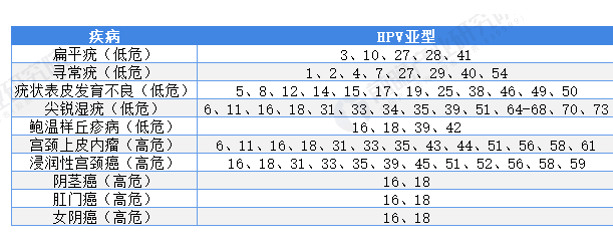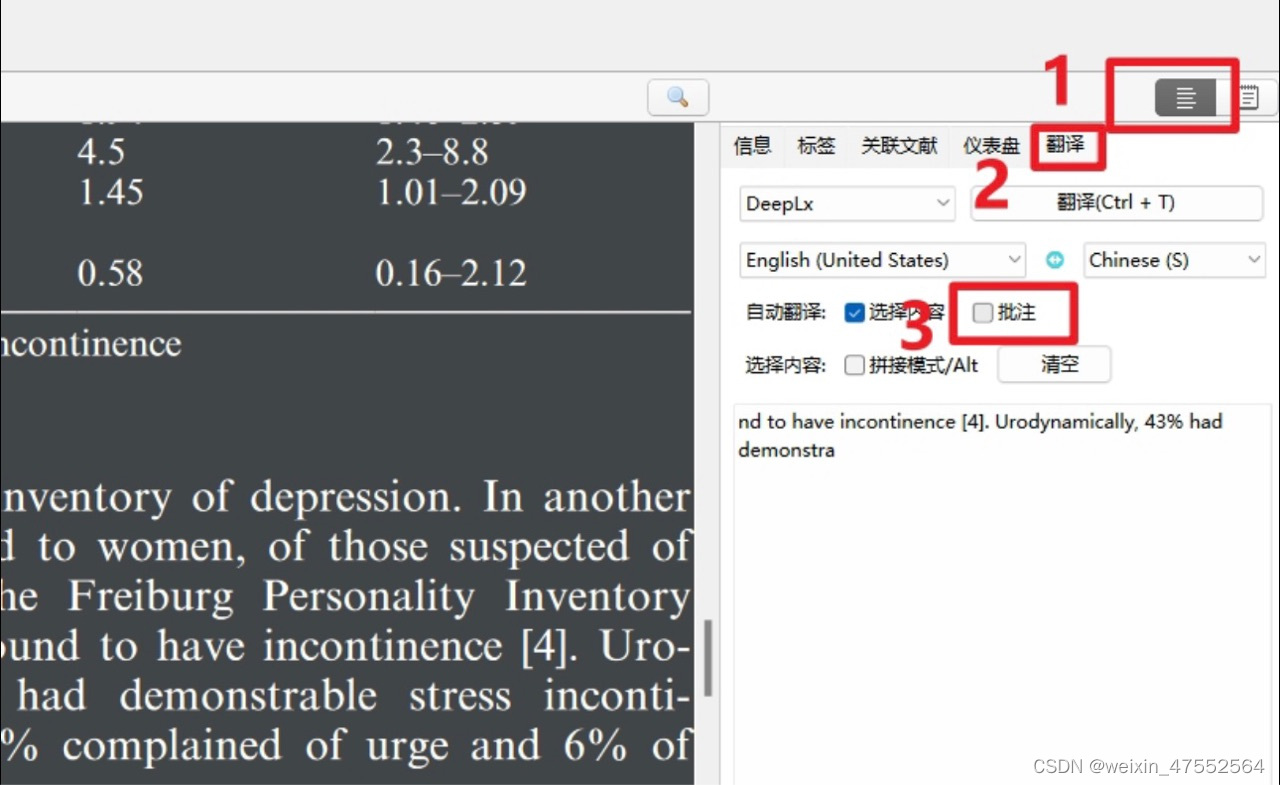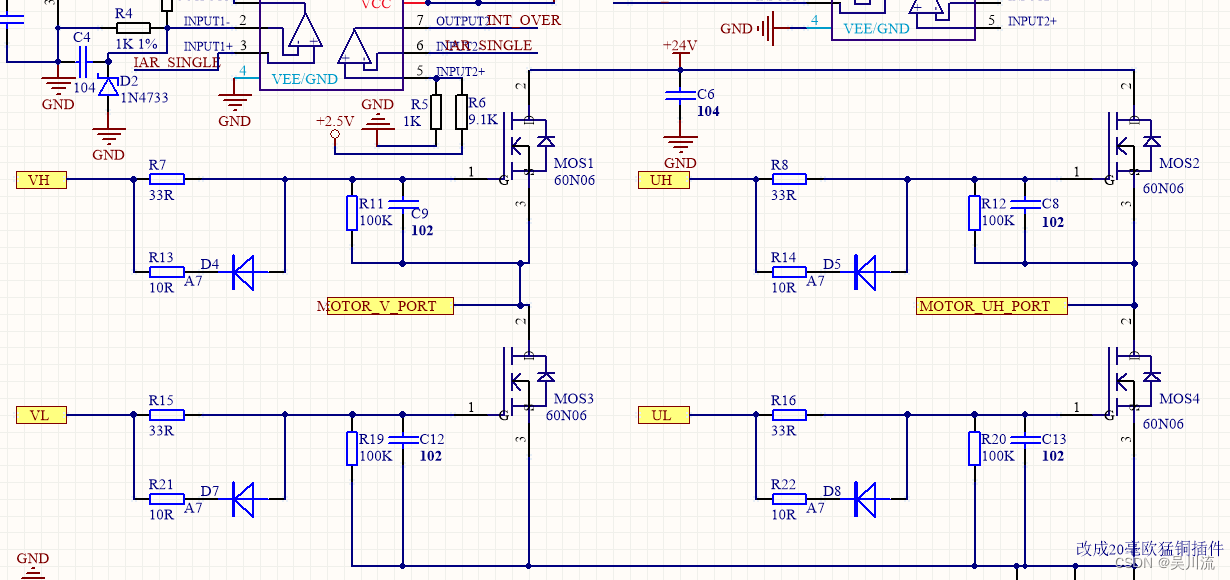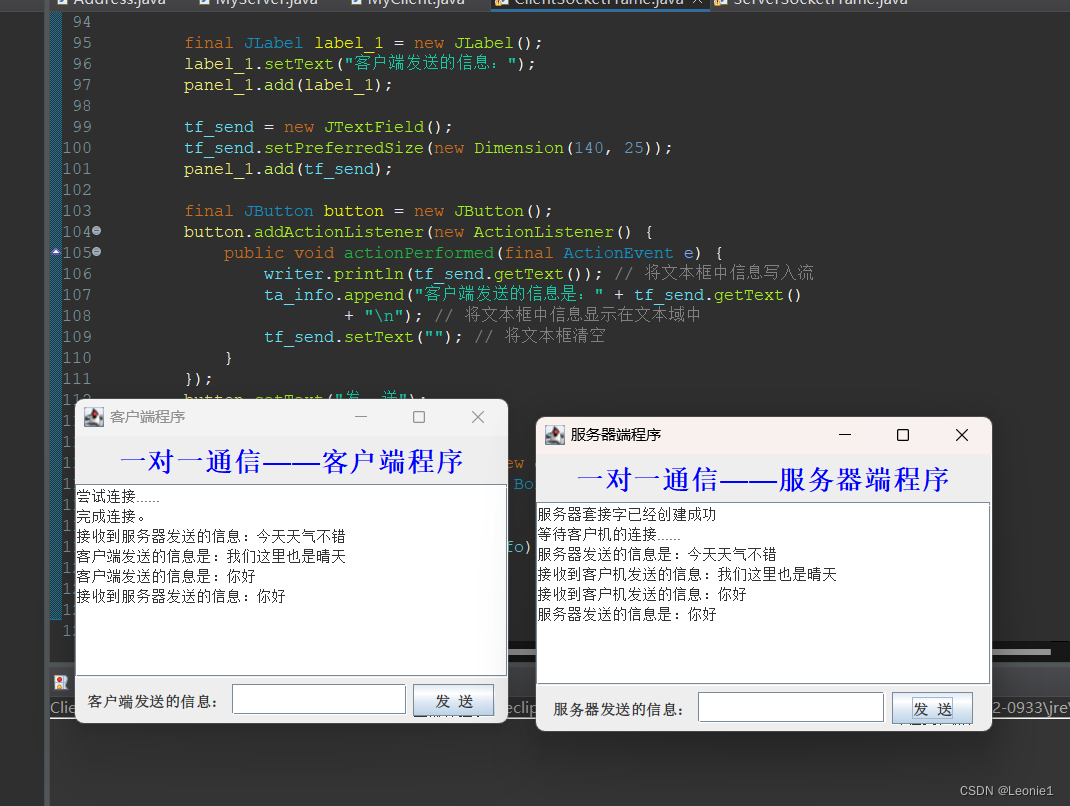一、网卡优化
一般来说,对某个设备的优化,除了涉及到硬件设备本身,也要兼顾着上下游的软硬件,协调优化,才可能达到最优。同样,对于DPDK来讲,除了要考虑软件层面还要考虑硬件平台及相关设置置的控制。将其看成一个整体入手,才能真正的把优化做到最好。
二、软件层面
在实际的应用场景中,可能存在着收发包较少的情况;也可能存在着连续的大数据量吞吐的情况;而更多的情况可能是上面的两种情况交互。最典型的可能是某个时间段上网的人很多,可有一段时间又没什么人上网。比如上下班时间,和交通拥堵一样,也会有这种高峰低谷的情况。这就需要DPDK根据情况来进行动态的控制,软件层面做这种设计还是比较方便的。实际上,DPDK提供了三种模式来分别适应上述不同的场景:
1、异步中断模式
其实中断都是异步的。好像没听说过同步中断的情况。此模式比较适合于收发较少的情况,能更好的利用硬件资源
2、轮询模式
其实就是反复的去操作接口,特别适合于大数据量的吞吐的情况。
3、混合模式
这个其实就是一种对上述二者场景进行兼容的一种情况,可能在实际情况中更合适。
三、IO优化
这个其实就涉及到数据处理过程,数据本身的粒度大小,处理数据的批量数量,缓存的对齐以及特定硬件的一个SIMD的指令优化控制等等。DPDK中采用Burst的方式来收发包,减少对内存或Cache的访问次数。同时利用批处理来提高对时延和吞吐的优化。
四、平台及配置优化
这个就比较多了,一般来说,它和技术本身没有什么太大关系,更和硬件、OS及相关的具体的提供的功能有关。同时,可能还要涉及到一些BIOS的支持,诸如大页内存、电源设置、硬件本身固件的一些支持以及总线的控制等等。
五、相关设置适配
相关设置的适配,涉及到收、发包队列的长度,以及队列中的可释放描述符的数量阈值。这都需要根据文档的说明,按照实际场景的需求来进行安排。从而能更好的发挥整个软件层面的适配性,更好的协调软件和网卡的数据收发,达到最优。
六、源码分析
了解了相关的优化措施后,看一下DPDK中相关的源码,在DPDK中的轮询模式中,有Gigabit、10Gigabit 及 40Gigabit 和半虚拟化IO的轮询模式驱动程序,它支持RTC和管道两种情况,这里不展开:
//\lib\librte_ethdev\rte_ethdev.h
static inline uint16_t
rte_eth_rx_burst(uint16_t port_id, uint16_t queue_id,
struct rte_mbuf **rx_pkts, const uint16_t nb_pkts)
{
struct rte_eth_dev *dev = &rte_eth_devices[port_id];
uint16_t nb_rx;
#ifdef RTE_LIBRTE_ETHDEV_DEBUG
RTE_ETH_VALID_PORTID_OR_ERR_RET(port_id, 0);
RTE_FUNC_PTR_OR_ERR_RET(*dev->rx_pkt_burst, 0);
if (queue_id >= dev->data->nb_rx_queues) {
RTE_ETHDEV_LOG(ERR, "Invalid RX queue_id=%u\n", queue_id);
return 0;
}
#endif
nb_rx = (*dev->rx_pkt_burst)(dev->data->rx_queues[queue_id],
rx_pkts, nb_pkts);
#ifdef RTE_ETHDEV_RXTX_CALLBACKS
struct rte_eth_rxtx_callback *cb;
/* __ATOMIC_RELEASE memory order was used when the
* call back was inserted into the list.
* Since there is a clear dependency between loading
* cb and cb->fn/cb->next, __ATOMIC_ACQUIRE memory order is
* not required.
*/
cb = __atomic_load_n(&dev->post_rx_burst_cbs[queue_id],
__ATOMIC_RELAXED);
if (unlikely(cb != NULL)) {
do {
nb_rx = cb->fn.rx(port_id, queue_id, rx_pkts, nb_rx,
nb_pkts, cb->param);
cb = cb->next;
} while (cb != NULL);
}
#endif
return nb_rx;
}
static inline uint16_t
rte_eth_tx_burst(uint16_t port_id, uint16_t queue_id,
struct rte_mbuf **tx_pkts, uint16_t nb_pkts)
{
struct rte_eth_dev *dev = &rte_eth_devices[port_id];
#ifdef RTE_LIBRTE_ETHDEV_DEBUG
RTE_ETH_VALID_PORTID_OR_ERR_RET(port_id, 0);
RTE_FUNC_PTR_OR_ERR_RET(*dev->tx_pkt_burst, 0);
if (queue_id >= dev->data->nb_tx_queues) {
RTE_ETHDEV_LOG(ERR, "Invalid TX queue_id=%u\n", queue_id);
return 0;
}
#endif
#ifdef RTE_ETHDEV_RXTX_CALLBACKS
struct rte_eth_rxtx_callback *cb;
/* __ATOMIC_RELEASE memory order was used when the
* call back was inserted into the list.
* Since there is a clear dependency between loading
* cb and cb->fn/cb->next, __ATOMIC_ACQUIRE memory order is
* not required.
*/
cb = __atomic_load_n(&dev->pre_tx_burst_cbs[queue_id],
__ATOMIC_RELAXED);
if (unlikely(cb != NULL)) {
do {
nb_pkts = cb->fn.tx(port_id, queue_id, tx_pkts, nb_pkts,
cb->param);
cb = cb->next;
} while (cb != NULL);
}
#endif
return (*dev->tx_pkt_burst)(dev->data->tx_queues[queue_id], tx_pkts, nb_pkts);
}
在burst中的rx的接收函数中,有行代码要注意,一个是通过rx_pkt_burst真正处理数据,另外一个就是循环查找有无数据的回调函数。这两个函数在PMD层可以通过不断的循环来调用,就可以达到轮询的目的。在前者的“eth_rx_burst_t rx_pkt_burst”中,源码中注释说明其指向PMD接收函数,这下就明白了吧。可以在eth_em_rx_init(drivers/net/e1000/em_rxtx.c)中看到相关的代码:
int
eth_em_rx_init(struct rte_eth_dev * dev)
{
struct e1000_hw *hw;
......
if (hw->mac.type == e1000_82573)
E1000_WRITE_REG(hw, E1000_RDTR, 0x20);
dev->rx_pkt_burst = (eth_rx_burst_t)eth_em_recv_pkts;
......
}
uint16_t
eth_em_recv_pkts(void *rx_queue, struct rte_mbuf **rx_pkts,
uint16_t nb_pkts)
{
volatile struct e1000_rx_desc *rx_ring;
volatile struct e1000_rx_desc *rxdp;
struct em_rx_queue *rxq;
struct em_rx_entry *sw_ring;
struct em_rx_entry *rxe;
struct rte_mbuf *rxm;
struct rte_mbuf *nmb;
struct e1000_rx_desc rxd;
uint64_t dma_addr;
uint16_t pkt_len;
uint16_t rx_id;
uint16_t nb_rx;
uint16_t nb_hold;
uint8_t status;
rxq = rx_queue;
nb_rx = 0;
nb_hold = 0;
rx_id = rxq->rx_tail;
rx_ring = rxq->rx_ring;
sw_ring = rxq->sw_ring;
while (nb_rx < nb_pkts) {
/*
* The order of operations here is important as the DD status
* bit must not be read after any other descriptor fields.
* rx_ring and rxdp are pointing to volatile data so the order
* of accesses cannot be reordered by the compiler. If they were
* not volatile, they could be reordered which could lead to
* using invalid descriptor fields when read from rxd.
*/
rxdp = &rx_ring[rx_id];
status = rxdp->status;
if (! (status & E1000_RXD_STAT_DD))
break;
rxd = *rxdp;
/*
* End of packet.
*
* If the E1000_RXD_STAT_EOP flag is not set, the RX packet is
* likely to be invalid and to be dropped by the various
* validation checks performed by the network stack.
*
* Allocate a new mbuf to replenish the RX ring descriptor.
* If the allocation fails:
* - arrange for that RX descriptor to be the first one
* being parsed the next time the receive function is
* invoked [on the same queue].
*
* - Stop parsing the RX ring and return immediately.
*
* This policy do not drop the packet received in the RX
* descriptor for which the allocation of a new mbuf failed.
* Thus, it allows that packet to be later retrieved if
* mbuf have been freed in the mean time.
* As a side effect, holding RX descriptors instead of
* systematically giving them back to the NIC may lead to
* RX ring exhaustion situations.
* However, the NIC can gracefully prevent such situations
* to happen by sending specific "back-pressure" flow control
* frames to its peer(s).
*/
PMD_RX_LOG(DEBUG, "port_id=%u queue_id=%u rx_id=%u "
"status=0x%x pkt_len=%u",
(unsigned) rxq->port_id, (unsigned) rxq->queue_id,
(unsigned) rx_id, (unsigned) status,
(unsigned) rte_le_to_cpu_16(rxd.length));
nmb = rte_mbuf_raw_alloc(rxq->mb_pool);
if (nmb == NULL) {
PMD_RX_LOG(DEBUG, "RX mbuf alloc failed port_id=%u "
"queue_id=%u",
(unsigned) rxq->port_id,
(unsigned) rxq->queue_id);
rte_eth_devices[rxq->port_id].data->rx_mbuf_alloc_failed++;
break;
}
nb_hold++;
rxe = &sw_ring[rx_id];
rx_id++;
if (rx_id == rxq->nb_rx_desc)
rx_id = 0;
/* Prefetch next mbuf while processing current one. */
rte_em_prefetch(sw_ring[rx_id].mbuf);
/*
* When next RX descriptor is on a cache-line boundary,
* prefetch the next 4 RX descriptors and the next 8 pointers
* to mbufs.
*/
if ((rx_id & 0x3) == 0) {
rte_em_prefetch(&rx_ring[rx_id]);
rte_em_prefetch(&sw_ring[rx_id]);
}
/* Rearm RXD: attach new mbuf and reset status to zero. */
rxm = rxe->mbuf;
rxe->mbuf = nmb;
dma_addr =
rte_cpu_to_le_64(rte_mbuf_data_iova_default(nmb));
rxdp->buffer_addr = dma_addr;
rxdp->status = 0;
/*
* Initialize the returned mbuf.
* 1) setup generic mbuf fields:
* - number of segments,
* - next segment,
* - packet length,
* - RX port identifier.
* 2) integrate hardware offload data, if any:
* - RSS flag & hash,
* - IP checksum flag,
* - VLAN TCI, if any,
* - error flags.
*/
pkt_len = (uint16_t) (rte_le_to_cpu_16(rxd.length) -
rxq->crc_len);
rxm->data_off = RTE_PKTMBUF_HEADROOM;
rte_packet_prefetch((char *)rxm->buf_addr + rxm->data_off);
rxm->nb_segs = 1;
rxm->next = NULL;
rxm->pkt_len = pkt_len;
rxm->data_len = pkt_len;
rxm->port = rxq->port_id;
rxm->ol_flags = rx_desc_status_to_pkt_flags(status);
rxm->ol_flags = rxm->ol_flags |
rx_desc_error_to_pkt_flags(rxd.errors);
/* Only valid if PKT_RX_VLAN set in pkt_flags */
rxm->vlan_tci = rte_le_to_cpu_16(rxd.special);
/*
* Store the mbuf address into the next entry of the array
* of returned packets.
*/
rx_pkts[nb_rx++] = rxm;
}
rxq->rx_tail = rx_id;
/*
* If the number of free RX descriptors is greater than the RX free
* threshold of the queue, advance the Receive Descriptor Tail (RDT)
* register.
* Update the RDT with the value of the last processed RX descriptor
* minus 1, to guarantee that the RDT register is never equal to the
* RDH register, which creates a "full" ring situtation from the
* hardware point of view...
*/
nb_hold = (uint16_t) (nb_hold + rxq->nb_rx_hold);
if (nb_hold > rxq->rx_free_thresh) {
PMD_RX_LOG(DEBUG, "port_id=%u queue_id=%u rx_tail=%u "
"nb_hold=%u nb_rx=%u",
(unsigned) rxq->port_id, (unsigned) rxq->queue_id,
(unsigned) rx_id, (unsigned) nb_hold,
(unsigned) nb_rx);
rx_id = (uint16_t) ((rx_id == 0) ?
(rxq->nb_rx_desc - 1) : (rx_id - 1));
E1000_PCI_REG_WRITE(rxq->rdt_reg_addr, rx_id);
nb_hold = 0;
}
rxq->nb_rx_hold = nb_hold;
return nb_rx;
}
上面的代码是轮询机制中的主要的代码。代码整体比较容易理解,DMA操作将报文写到相关的内存即m_buf中(ring),rxq->rx_tail = rx_id;这行代码是不是有点熟悉,类似于计数器。它控制着不断拿到新的m_buf并写入到ring中。
轮询的方式也比较好理解,通过UIO略过内核然后PMD拦截了硬中断,直接操作。
DPDK实现了uio、 定时器alarm,和vfio三种中断。中断操作可以理解成线程正在忙着,突然来了一个信号,让线程别干了去忙别的。那么CPU为了安全调度,需要处理上下文的堆栈,数据等等,然后才能进行相关的操作。这个过程需要耗费非常多的时钟周期,如果中断比较多的话,可以想象数据的吞吐量会下降多少。这部分代码待后面的文章再展开分析。
七、总结
总之,要想把一个系统优化,从整体上来看,一定不能在某个环节有明显的短板,这和计算机的木桶原理异曲同工。不但如此,这诸多环节中的处理协调也要尽量保持一致,而不能是生产者疯狂的生产,完全不顾消费者的处理。这也是DPDK提供三种处理模式的原因,因场景而异,不能一言而论。能否把DPDK用好,除了软件给力,整体的运维也要跟上。


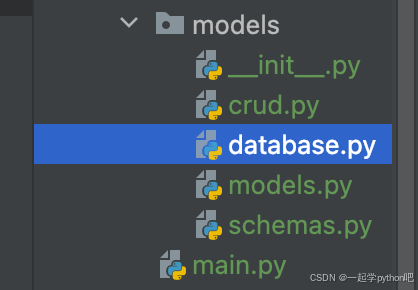



















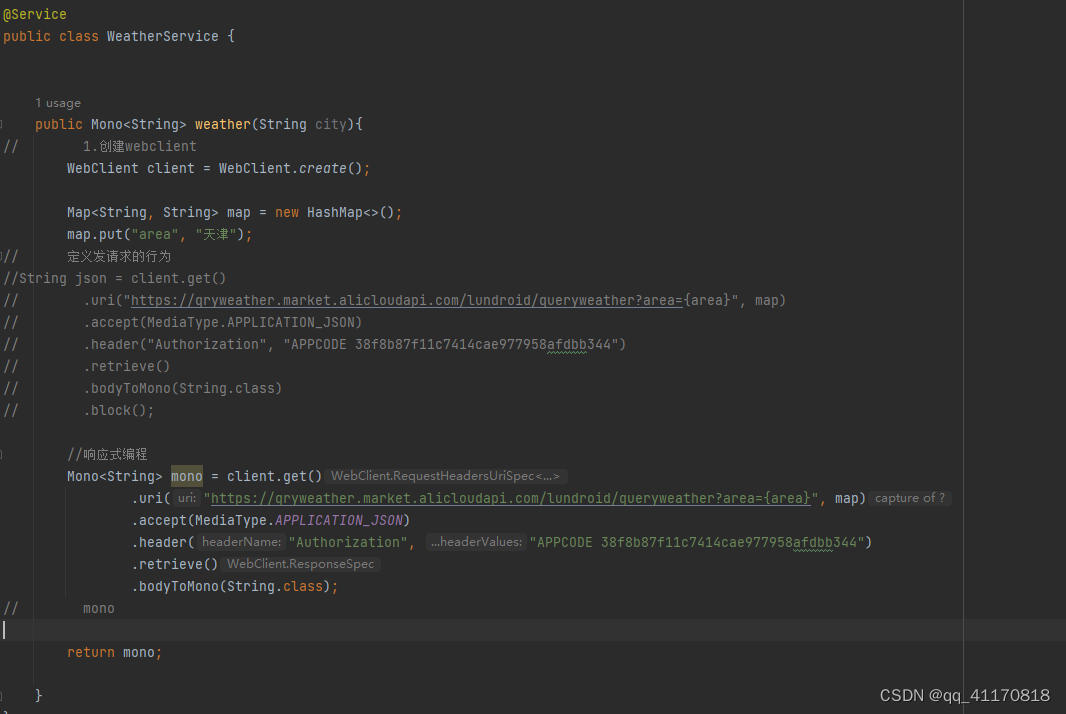

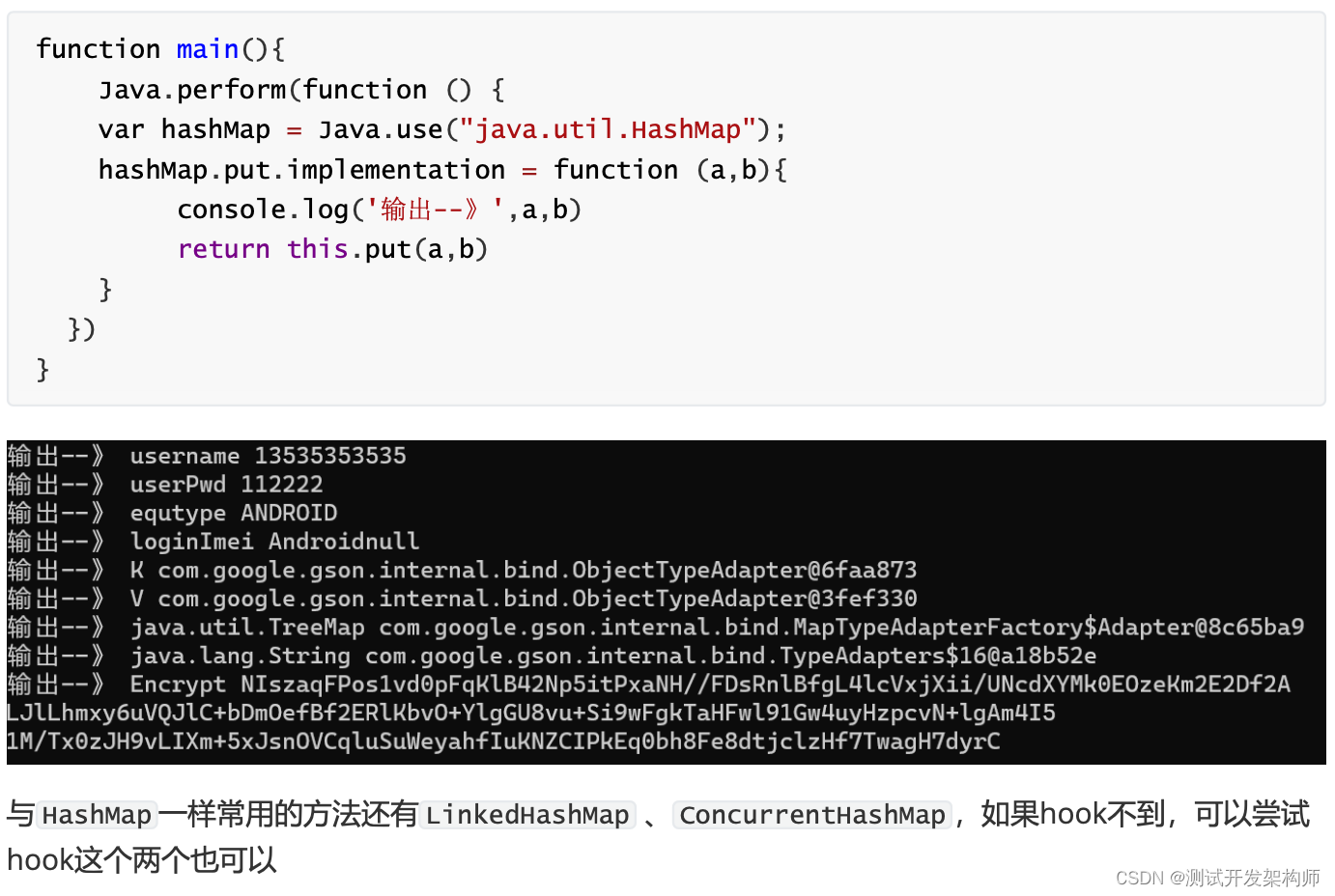
![[gRPC实现go调用go]](https://img-blog.csdnimg.cn/direct/15762d8d50034de5b7ded5ea69d8c1f3.png)

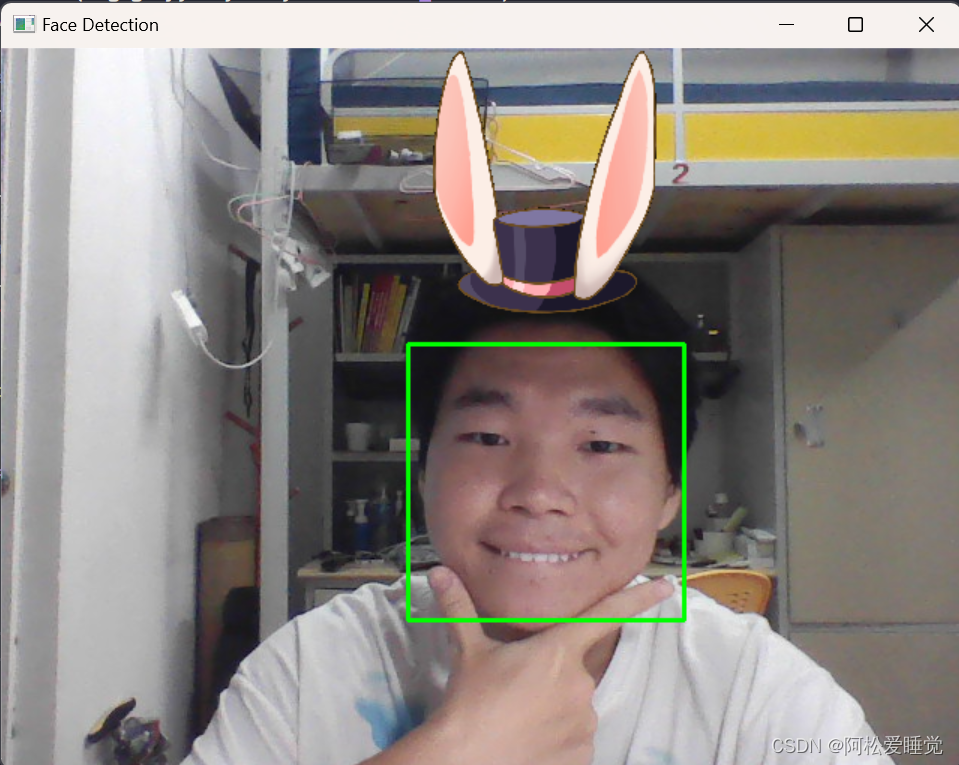

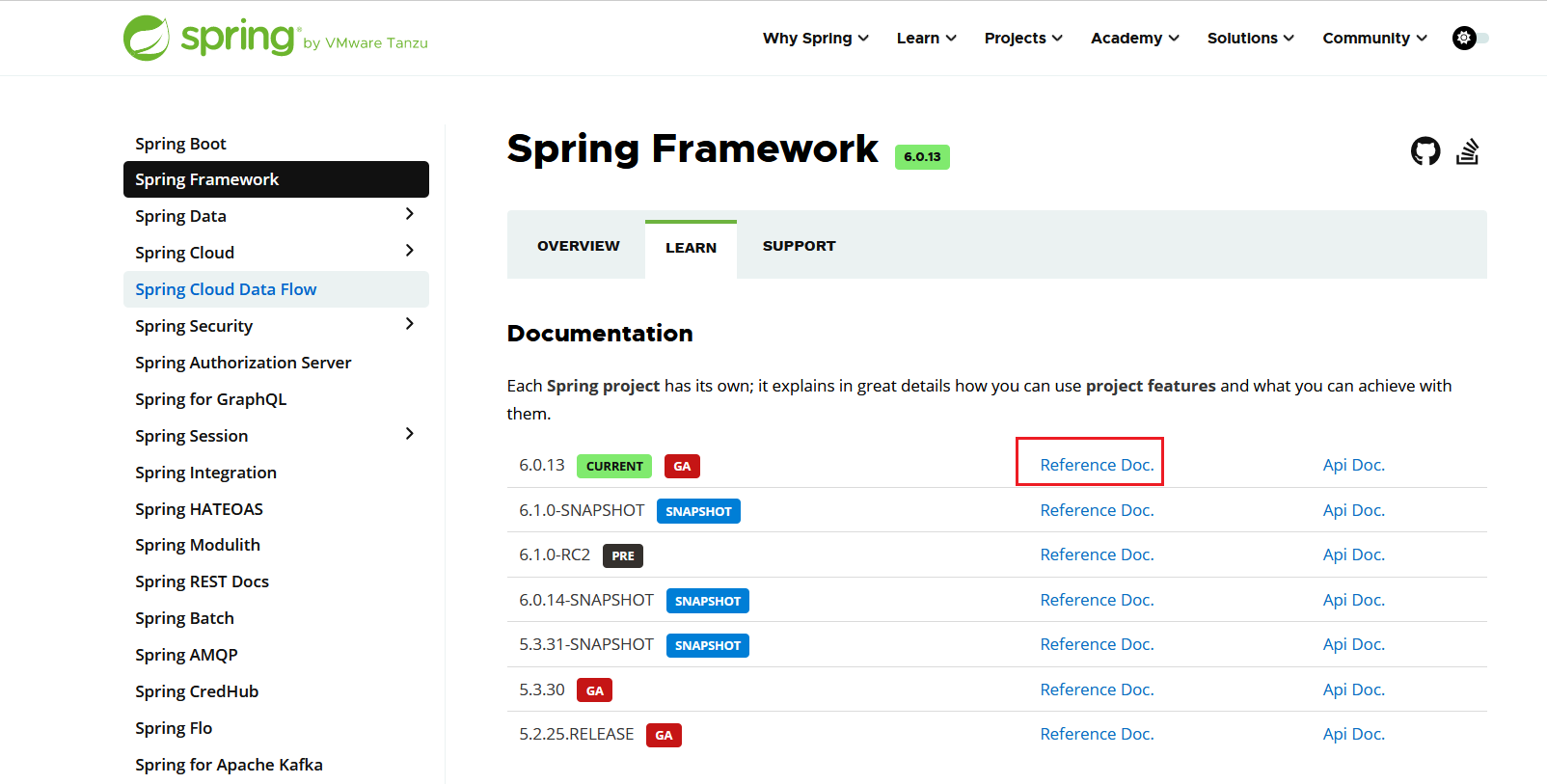

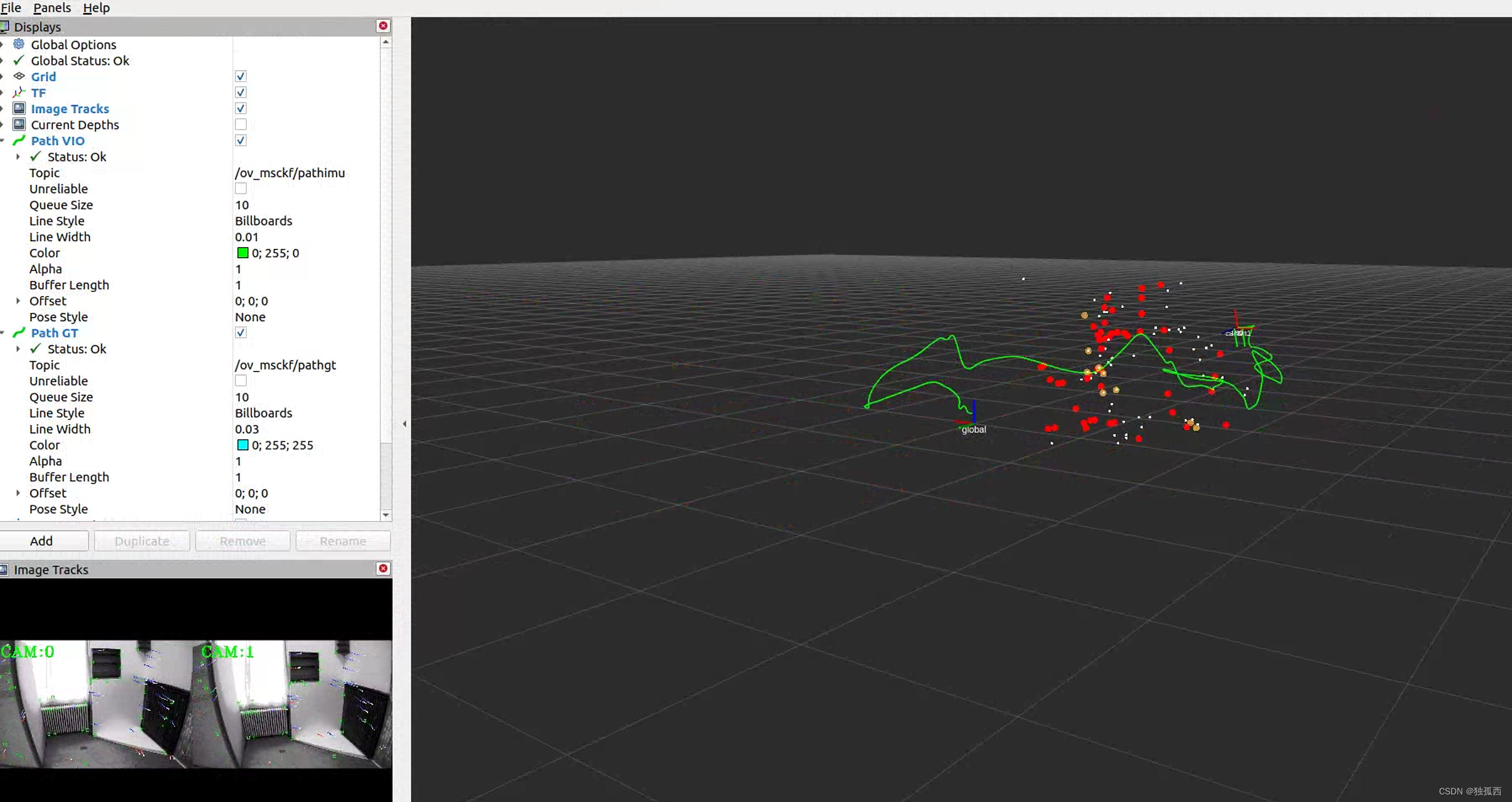
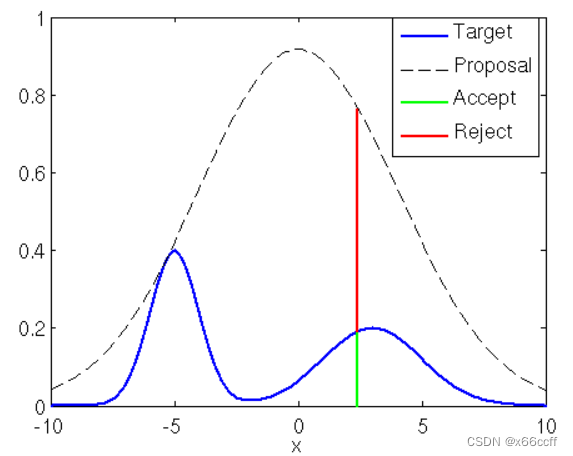

![[ROS2] --- service](https://img-blog.csdnimg.cn/direct/592148a7482241b98048f1260f48699e.png)
